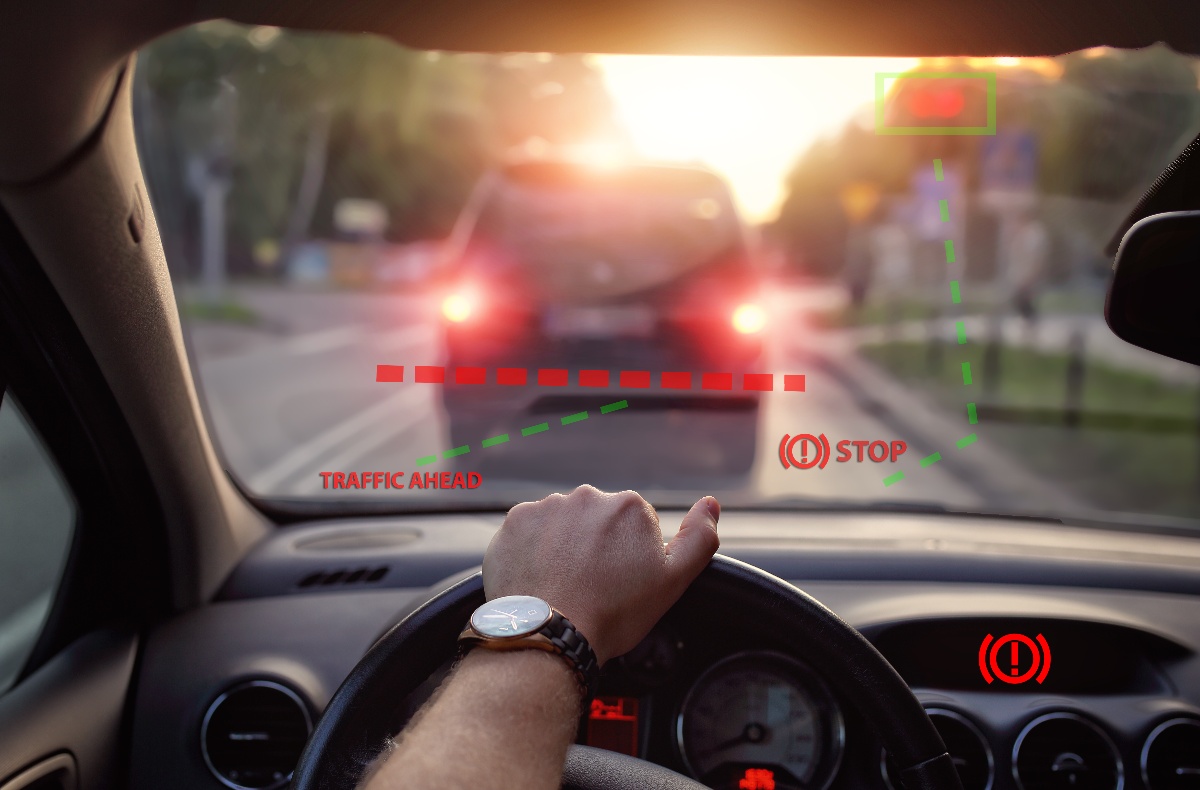
Human error is a major cause of collisions. According to a survey, there are at least 7.277 million car accidents in the United States annually. That works out to about 19,937 crashes daily and 831 accidents hourly. But with the invention of automatic emergency braking, collisions have been reduced.
For instance, the non-profit Insurance Institute for Highway Safety identified that vehicles with AEB had a 50% lower probability of front-to-rear collisions with injuries. And an even lower likelihood of such collisions overall.
When you get into an accident, if you don't have automatic emergency braking (AEB), you might not even realize that you've hit something until after the impact. AEB helps prevent accidents from happening in the first place by alerting drivers to potential hazards.
So what is automatic emergency braking, and how do you apply it? Let's find out!
What Is Automatic Emergency Braking (AEB)?
AEB, also known as Automatic Emergency Braking, is a safety artificial intelligence feature gradually making its way into more and more cars. AEB operates by using sensors to detect an impending collision and then applying the brakes automatically to avoid or lessen the impact.
Some AEB systems are more basic, applying the brakes when the driver slams. More advanced systems can detect how close you are to another car, how fast you're going, and whether you might hit something else (like a pedestrian or a cyclist).
How To Apply Automatic Emergency Braking Safely?
When applying Automatic Emergency Braking (AEB) in any situation, it is essential to remember that the system's design is to help you - not replace your driving skills. Road conditions and weather will always limit AEB, so staying focused and attentive while driving is essential.
For best results, use AEB in coordination with other safety measures such as seatbelts, cruise control, and active lane keeping. By doing so, you can ensure that the vehicle will react correctly to potential hazards and minimize the risk of collisions. Remember, AEB is not a perfect solution for preventing crashes.
Remember to always check your vehicle's manual for specific instructions on how to use AEB safely. Some vehicles have different settings for different speeds or situations, so familiarize yourself with all the options available before you drive.
How It Works
When you turn on AEB, your vehicle's computer senses an object in front of you (such as another car or person) and compares it to what it expects to see. If it does not match what the computer expects, this triggers an alert to tell you about it.
The system then calculates how fast your car would need to slow down so that it would be able to stop in time if it drove straight into that object. It then slows down enough so your car will slow down even more if needed before stopping when it reaches its calculated safe stopping distance or threshold speed for your car's tires.
Benefits of Automatic Emergency Braking
AEB is crucial for a perfect drive on the road and maintaining your fleet of vehicles. Here are some of the benefits of automatic emergency braking:
AEB reduces crashes. When you're driving with your head down, looking at your phone, or any other distraction, it can be easy to forget what's coming up on the road ahead. By using automatic emergency braking, you'll have time to react before hitting something — which means less damage to your car and the other vehicle involved.
Saves lives. If you hit something while distracted in traffic, chances are you will only be able to stop in time. Using automatic emergency braking can help prevent accidents by applying pressure on the brakes immediately after detecting an object in your path. It will result in less severe injuries and property damage than if you weren't using auto-braking technology.
Conclusion
With automatic emergency braking, you can rest assured that your vehicle will detect imminent danger, apply maximum braking force to keep you safe and alert you if something goes wrong with its detection system. So if you are looking for perfect fleet solutions, Wilmar is here to help. Contact us today!








